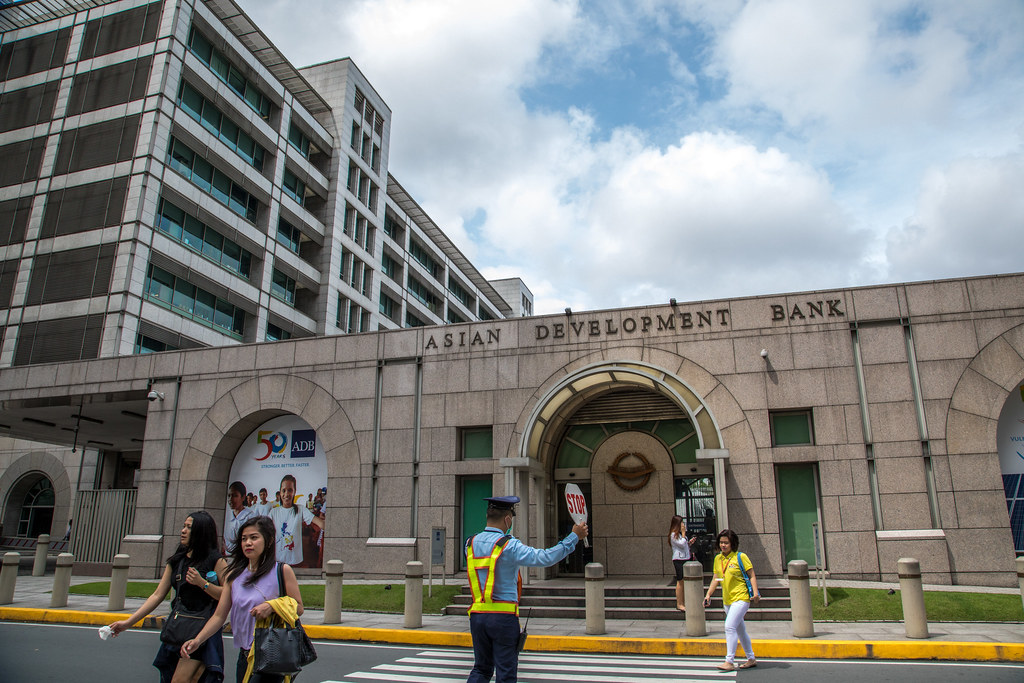Asian Development Bank Commits Half of its Lending to Climate Finance by 2030

- ADB aims to boost its climate finance lending from 35% to 50% by 2030, with a target of $100 billion.
- Private sector capital mobilization will be expanded, with a goal of $13 billion in financing by 2030.
- ADB’s updated strategy focuses on addressing climate change, healthcare, digital transformation, and resilience for vulnerable communities.
The Asian Development Bank (ADB) has committed to dedicating 50% of its annual lending to climate finance by 2030, significantly increasing its previous target of 35%. This forms part of ADB’s larger strategy to enhance its financial capacity and address critical development issues in Asia and the Pacific.
ADB’s new goal also includes a dollar-based target: $100 billion in cumulative climate finance between 2019 and 2030. However, only $30 billion has been contributed so far. “We want to be the climate change bank in the region,” said Tomoyuki Kimura, ADB’s Strategy Director, in an interview with Reuters.
ADB’s broader strategy, outlined in its Strategy 2030 Mid-term Review, focuses on five key areas:
- Climate change
- Developing robust private sectors
- Cooperation on public goods like healthcare
- Digital transformation
- Building resilience for vulnerable communities
To stimulate private sector development, ADB is aiming for $13 billion in financing from 2019 to 2030. This is a significant increase from the $3.7 billion mobilized so far. Kimura noted that achieving this target will require both ADB’s own private-sector lending and contributions from partner institutions.
“Cascading shocks have derailed years of development progress in Asia and the Pacific,” said ADB President Masatsugu Asakawa. “ADB is updating its vision, expanding its financial capacity, and modernizing its operational approach to help its members respond to these unprecedented challenges.”
Additionally, ADB plans to mobilize a minimum of $4.5 billion in direct private capital, a jump from the $1.4 billion secured since 2019. ADB is partnering with a new array of private sector players, including investment funds and philanthropies, to meet these targets.
The new strategy aligns with ADB’s $100 billion financing capacity increase approved last year. This was a response to a mandate from U.S. Treasury Secretary Janet Yellen for development banks to expand their lending capacity for addressing climate change and other global challenges.
Related Article: ADB Launches Climate Finance Initiative in Thailand
Kimura emphasized the importance of deploying this additional capacity to meet the strong demand from ADB’s client countries but highlighted that improvements in project preparation are essential to unlocking the full potential of these loans.












